
Serge Gainsbourg and Jane Birkin
Of all the tales of chic encounters and stylish sophistication, one story stands out as particularly iconic: the legendary meeting between French romantic maestro Serge Gainsbourg and British fashion icon Jane Birkin. Picture this: at their first meeting, Birkin confidently offered Monsieur Gainsbourg fashion advice. With characteristic Gallic charm, Gainsbourg responded with a quip dripping in disdain, questioning whether a Brit could truly impart ‘taste’ to a Frenchman. Thus, a timeless narrative was born, immortalised in the history of Anglo-French tête-à-têtes.
When discussing art, it’s vital to recognise that taste and aesthetics are subjective, not solely determined by market trends. Focusing only on commercial success fails to do justice to the multi-dimensional nature of artistic brilliance. Commercial triumph and academic acclaim are indeed separate, each contributing uniquely to an artist’s mastery.
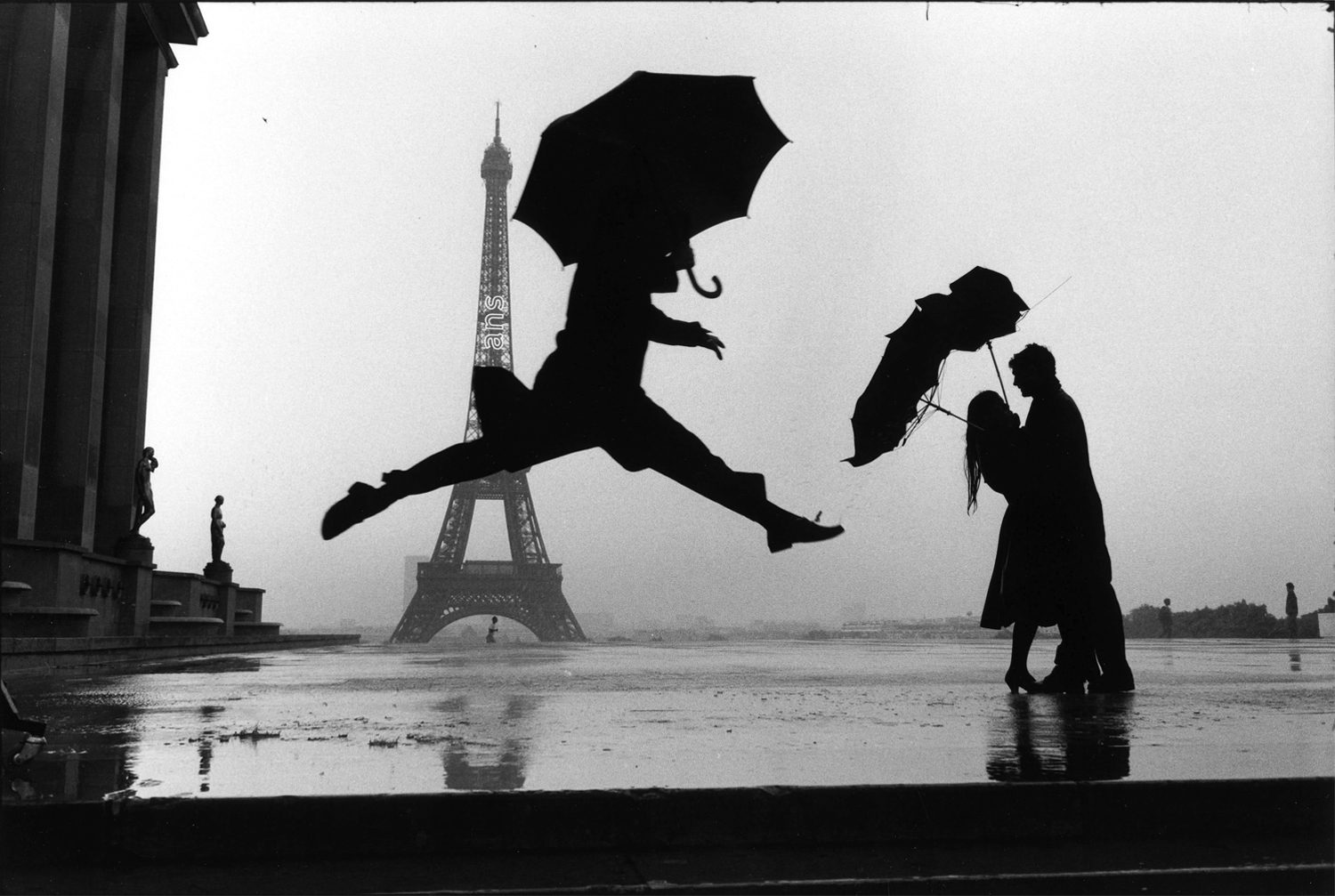
Elliot Erwitt, Paris France, 1989
In the age-old rivalry between London and Paris, certain cultural giants define the essence of both cities: the prestigious blue-chip art galleries. Beyond the busy streets and iconic landmarks, these galleries stand as symbols of artistic prestige, showcasing the best of contemporary art. In London, esteemed institutions like Gagosian, Hauser & Wirth, and White Cube gain attention. Meanwhile, Paris boasts its own array of cultural landmarks, from the renowned Galerie Perrotin to the iconic Thaddaeus Ropac. These blue-chip galleries not only exhibit renowned artists but also serve as cultural hubs, shaping artistic discourse and influencing trends globally. Setting aside the debate on whether Paris’ exhibitions, institutions, and galleries present a higher artistic taste than London’s, it’s undeniable that not only myself but a plethora of art industry workers and enthusiasts find themselves rejuvenated in Paris, rekindling their spirits and relishing the joy of discovering art that invigorates both the soul and the senses.
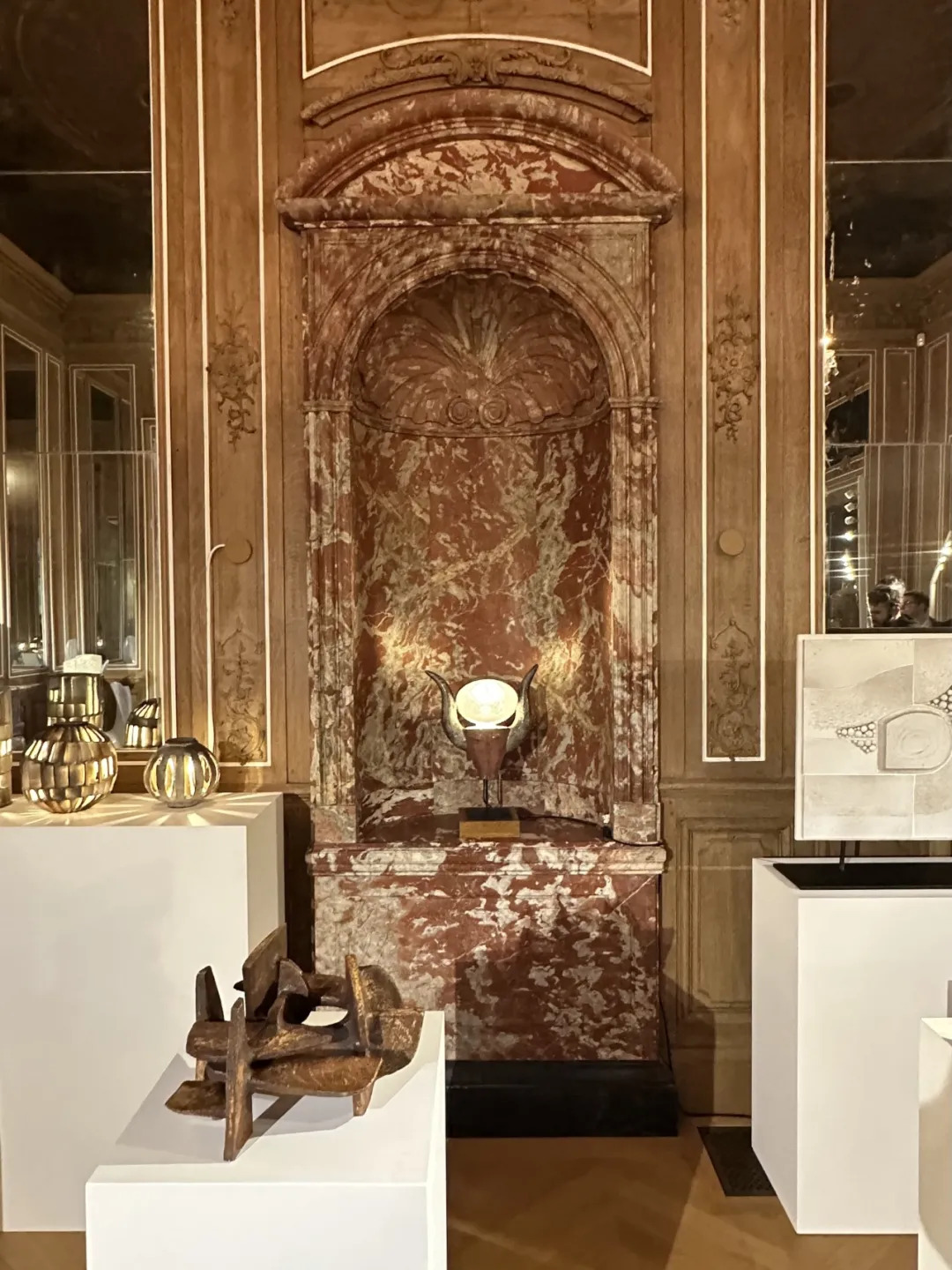
Design Miami-Paris Photo Credit- James Harris
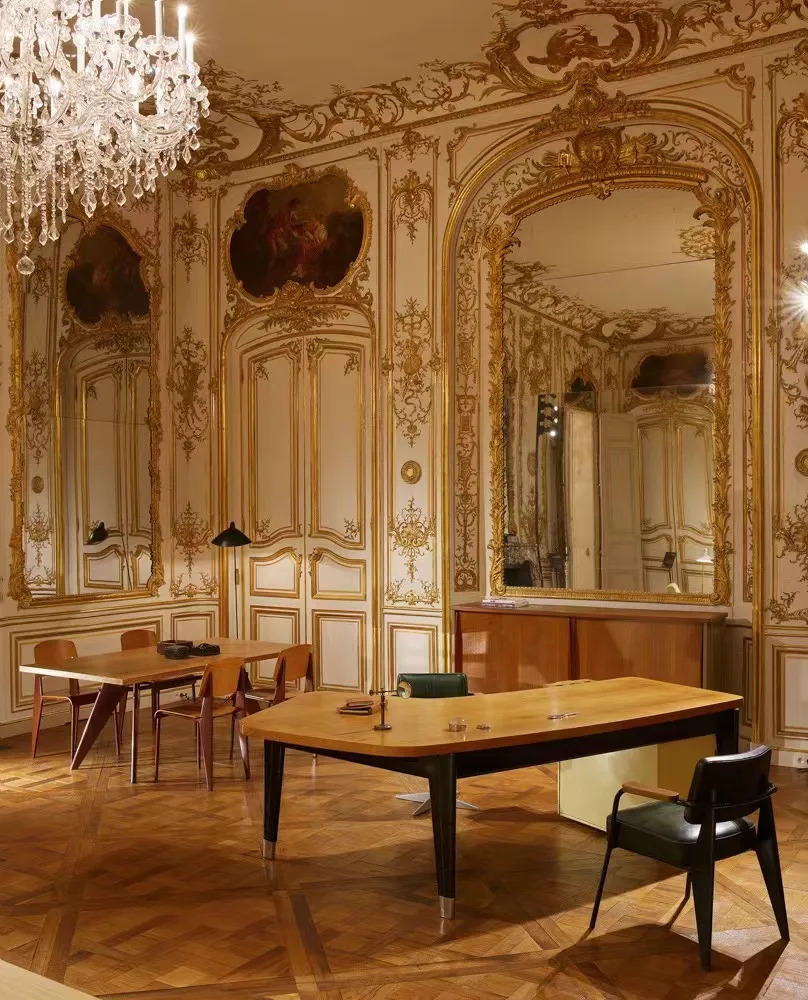
Design Miami-Paris, Thema
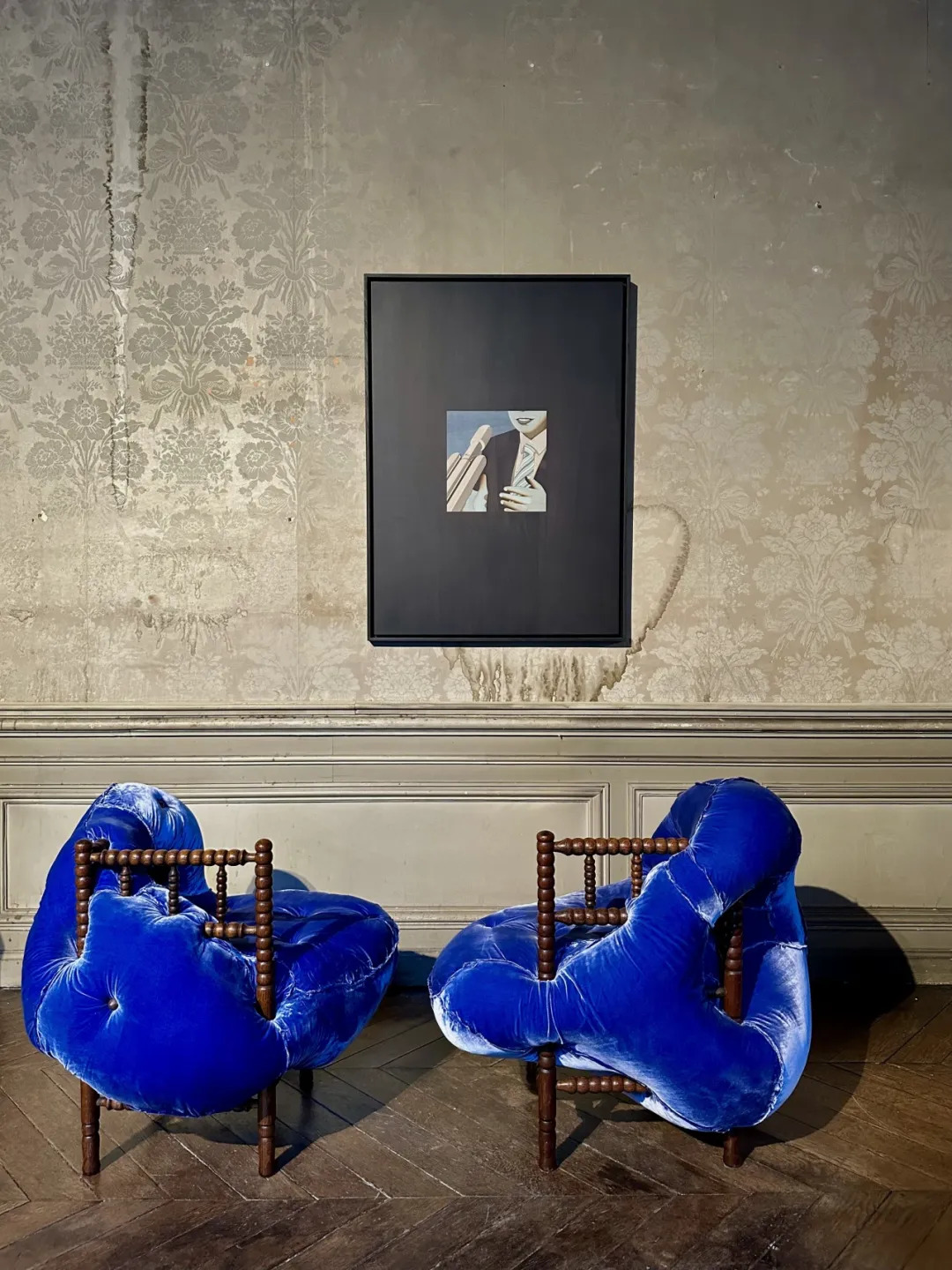
Damien Hirst at Gagosian booth
Stepping into London’s Frieze during the golden hues of autumn feels like entering an exclusive studio in search of a muse—a rare gem that tantalises both the senses and the intellect. Here, amid the stylish galleries, one stumbles upon a world crafted for collectors, moulded by the ever-shifting currents of economics and politics, delivering pieces tailored to appease the discerning palates of trend-savvy aficionados. Yet, while the offerings are undeniably polished, there’s a subtle yearning for that avant-garde edge, that spark of innovation that sets hearts racing and minds ablaze.
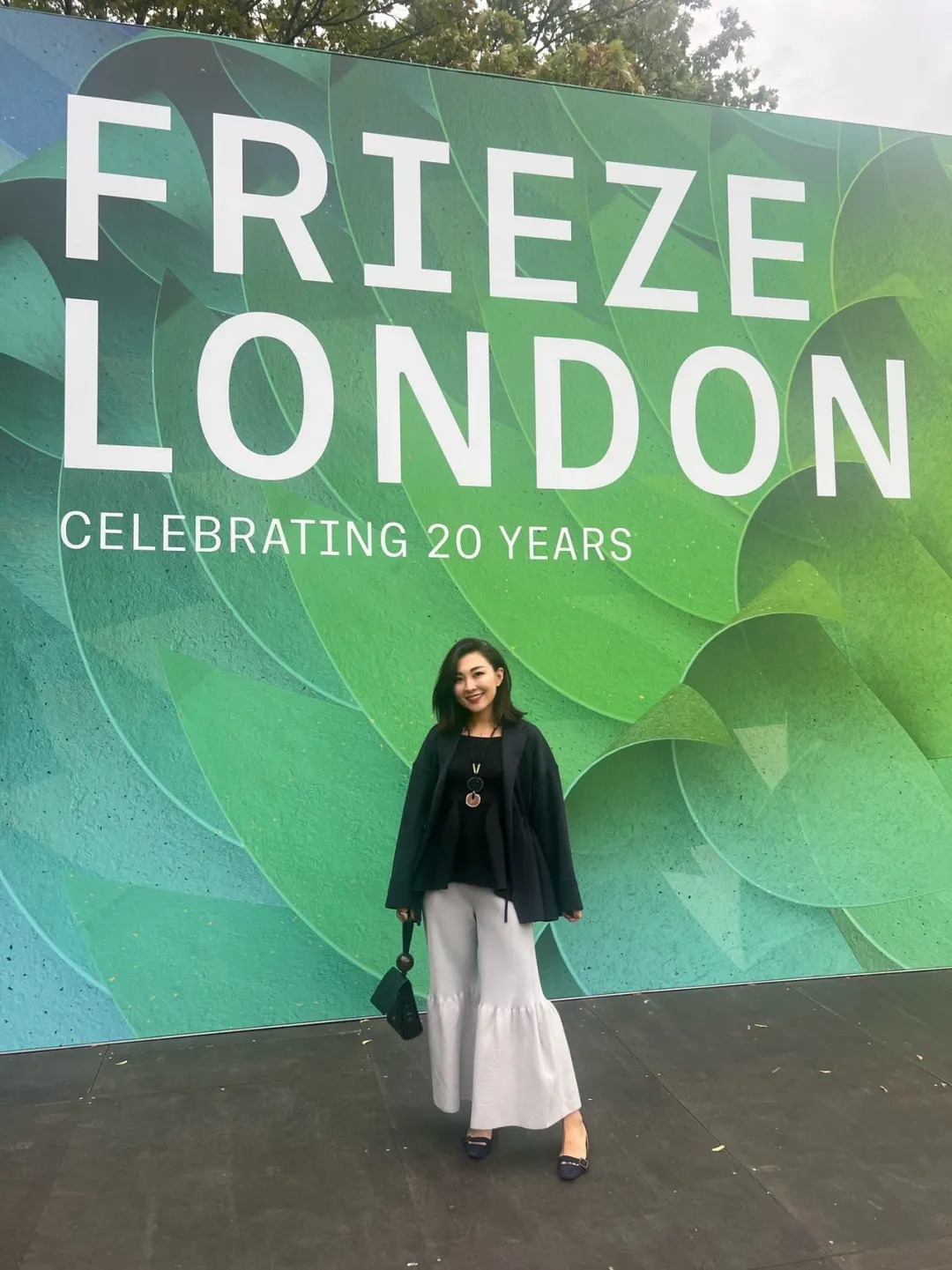
Frieze London
London, with its façade of polished elegance, sometimes lacks the culinary daring found in other global hubs. British palates, much like their approach to life, tend to favour the subtle over the bold, a reflection of a culture hesitant to ruffle feathers. And even amidst the buzz of the Art Fair, there’s a sense of longing in the air—as if the discerning eyes of collectors from around the world are in search of something more, something that transcends the polished veneer and speaks to the soul.
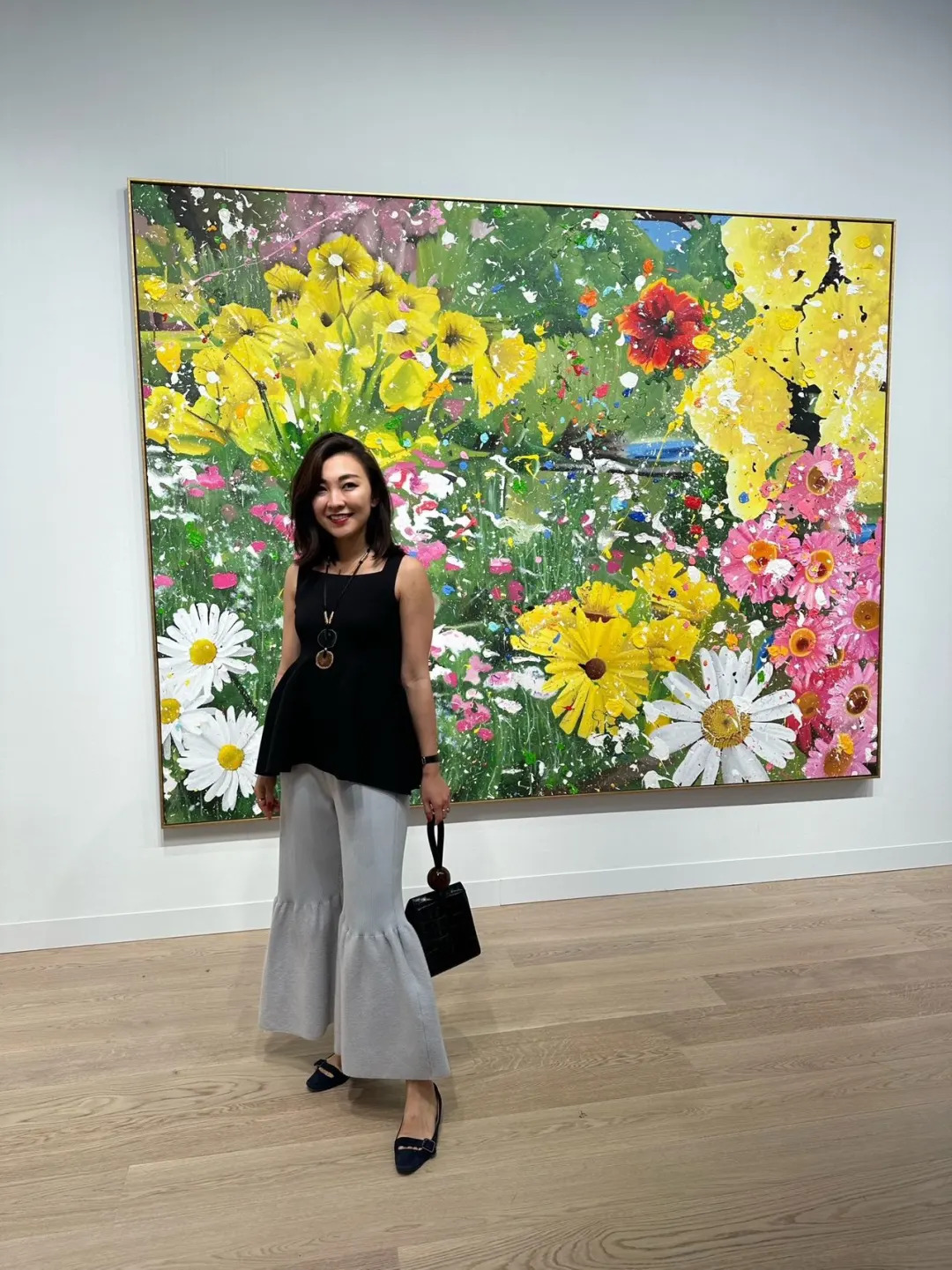
Damien Hirst
In London’s art scene, a shift has occurred since the radical reign of the Young British Artists (YBA) in the 1990s—names like Damien Hirst, Sarah Lucas, and Tracey Emin who became widely known for their avant-garde creations. Today, a new wave of talent, christened ‘Young London Artists’ (YLA) by the discerning eyes of the Evening Standard, flit through the city’s social circuits with ease. While they navigate the party scene with finesse, their path in the art world remains a delicate dance of networking and emotional intelligence. Yet, beneath the surface, questions linger about the depth and longevity of their artistic endeavours.
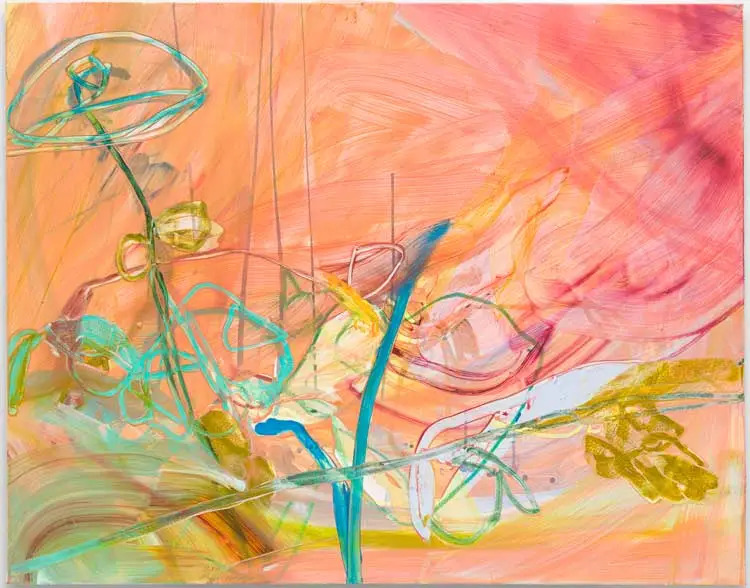
Jade Fatojutimi
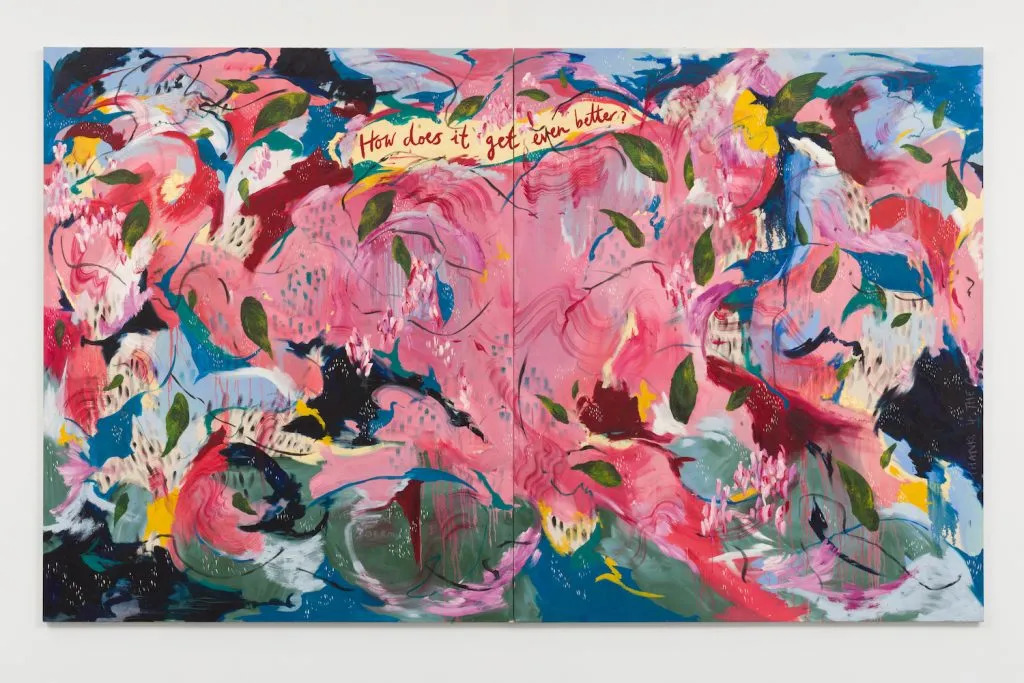
Michaela Yearwood-Dan
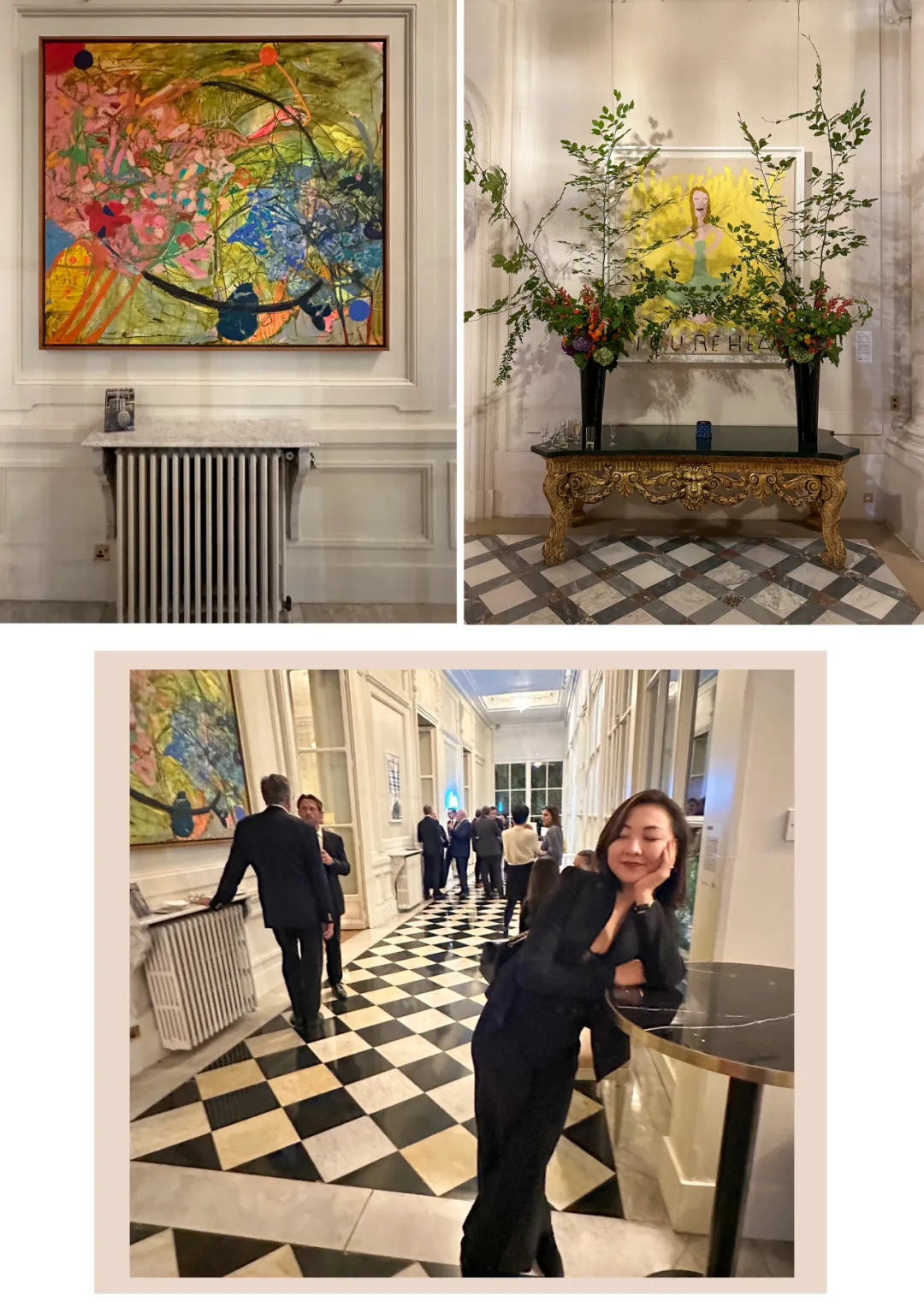
Rose Wylie’s artwork at the British Embassy in France. Above two images are part of the embassy’s collection: Left: Jade Fadojutimi, Right: Rose Wylie
Across the Channel in Paris, a different narrative unfolds. Here, galleries champion emerging talents whose works delve into the depths of introspection and conceptual exploration. These artists, though perhaps lacking the flash of their London counterparts, possess a quiet resilience and a dedication to their craft that speaks volumes. While the demand for certain artists may soar, others find solace in institutional support, carving out their niche away from the clamour of the secondary market. In this juxtaposition of scenes, each city’s artistic heartbeat pulsates with its own unique rhythm, inviting us to ponder the ever-evolving landscape of contemporary art.
In the labyrinthine world of London’s art scene, success often seems synonymous with fame and fortune, yet amidst the glittering facade, the desire for truly innovative and cutting-edge artistic expression can sometimes get lost in the shuffle of market demands. It’s a delicate balance, one intertwined with the whims of those who hold the purse strings and the social intricacies that define London’s diverse landscape. While the city prides itself on being multicultural, there’s a faction of art enthusiasts nestled in the enclave of west London who argue that true enlightenment lies in exploring the vibrant neighbourhoods of the East and South, or indulging in the unpretentious charm of non-posh postal codes—not across the Channel in Paris.
Indeed, London boasts a plethora of small to mid-sized art institutions like Raven Row and Gasworks, fervently championing the cause of avant-garde artistic endeavours. Yet, despite their undeniable contributions, they often remain under the radar, known primarily within academic and insider circles. However, as the tide of change sweeps through the art world, Paris emerges as a formidable contender, with the rise of private art institutions like Bourse de Commerce and Lafayette Anticipations. These establishments wield considerable influence, not only in supporting artists but also in shaping public discourse and market trends. Their collections, characterised by a conceptual bent and a keen focus on engaging younger audiences, signal a new chapter in the ever-evolving narrative of contemporary art.
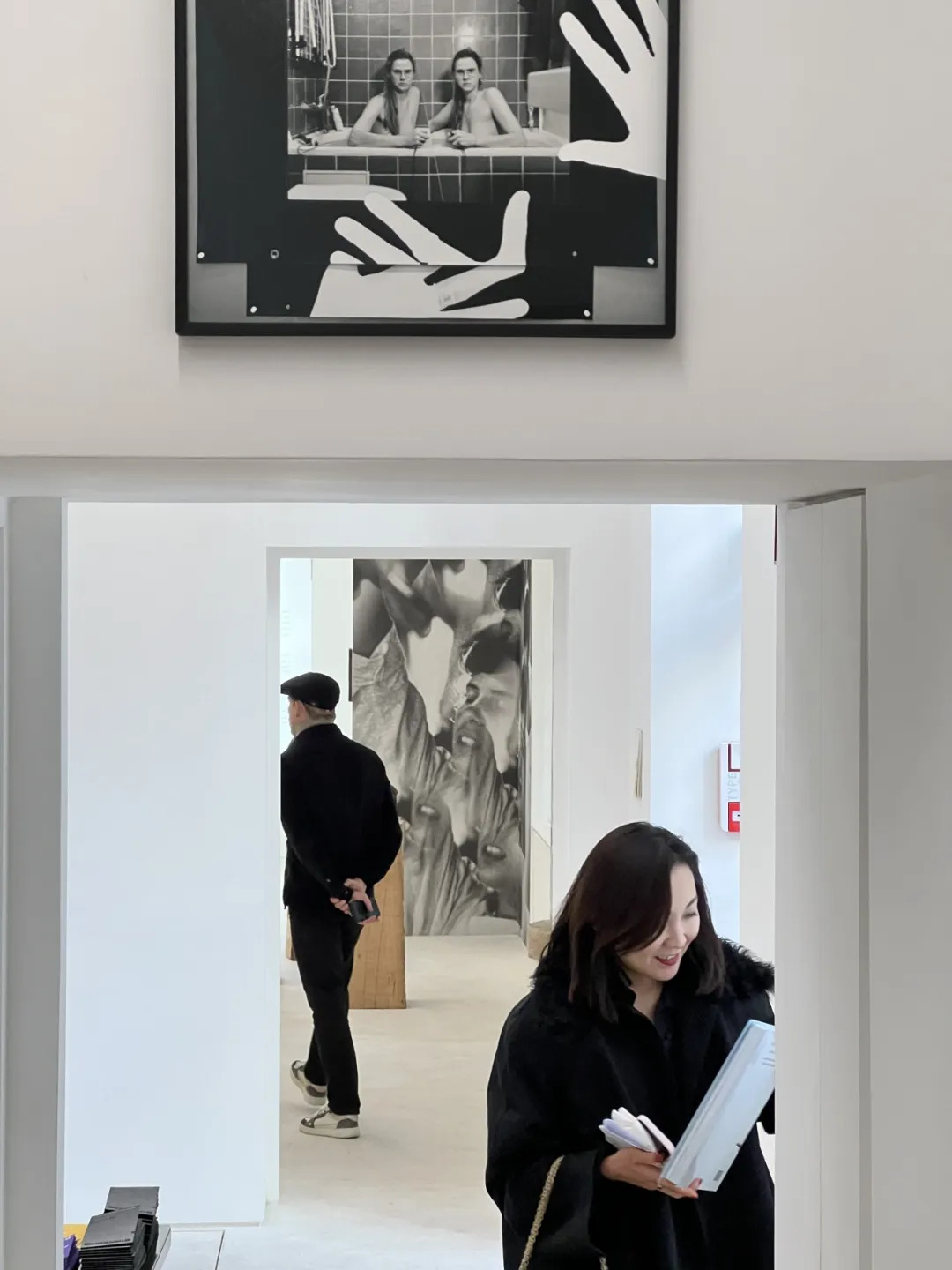
Mendes Wood DM exhibition site in Paris
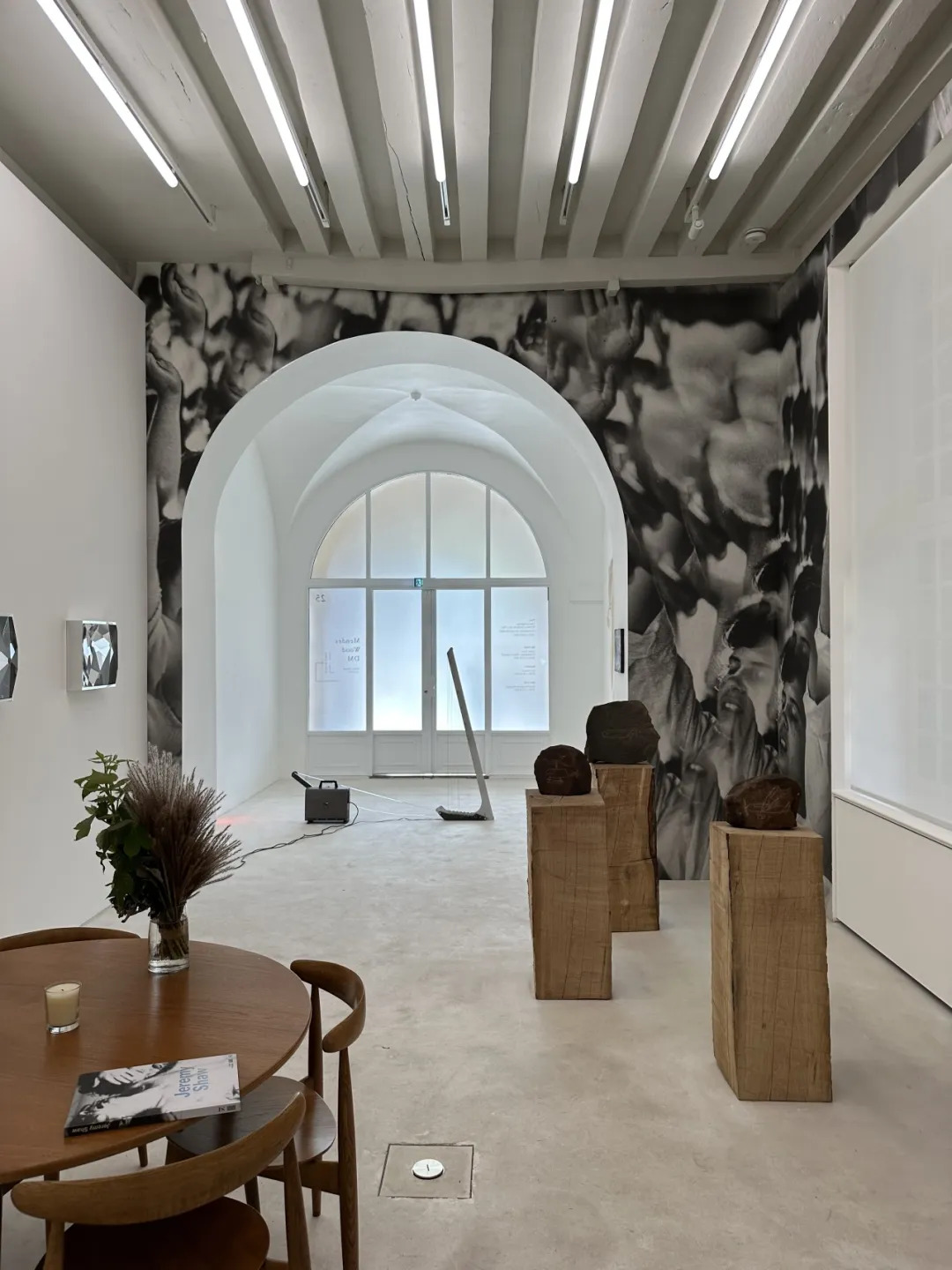
Mendes Wood DM
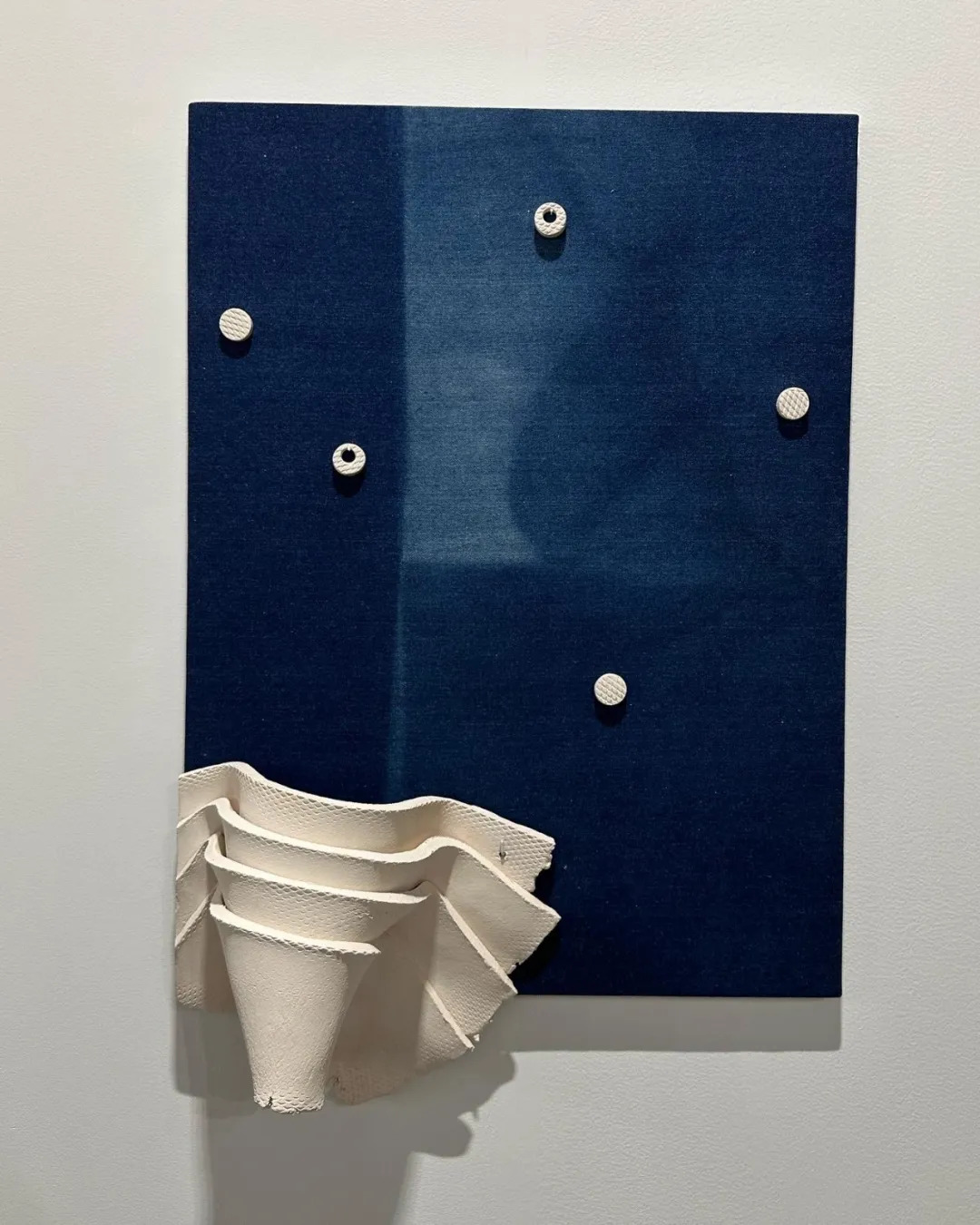
Mendes Wood DM
Within London’s dynamic art landscape, a curious dichotomy emerges between the city’s private institutions and their public counterparts. While names like Zabludowicz Collection, David Roberts Art Foundation, and Parasol Unit Foundation dot the cityscape, they often operate slightly under the radar, lacking the same level of prominence as their public counterparts. Despite their avant-garde projects and innovative endeavours, they may struggle to capture the attention of everyday collectors and art enthusiasts.
On the flip side, large public art institutions grapple with their own challenges, often navigating funding constraints that steer acquisitions towards political correctness and exhibition projects towards conservatism. It’s not that London lacks “coolness”; rather, there seems to be a disconnect between influential individuals and institutions supporting the avant-garde and what resonates with the mainstream audience. Could it be that in the quest for innovation, these entities inadvertently overlook what’s deemed popular and accessible to the wider public?
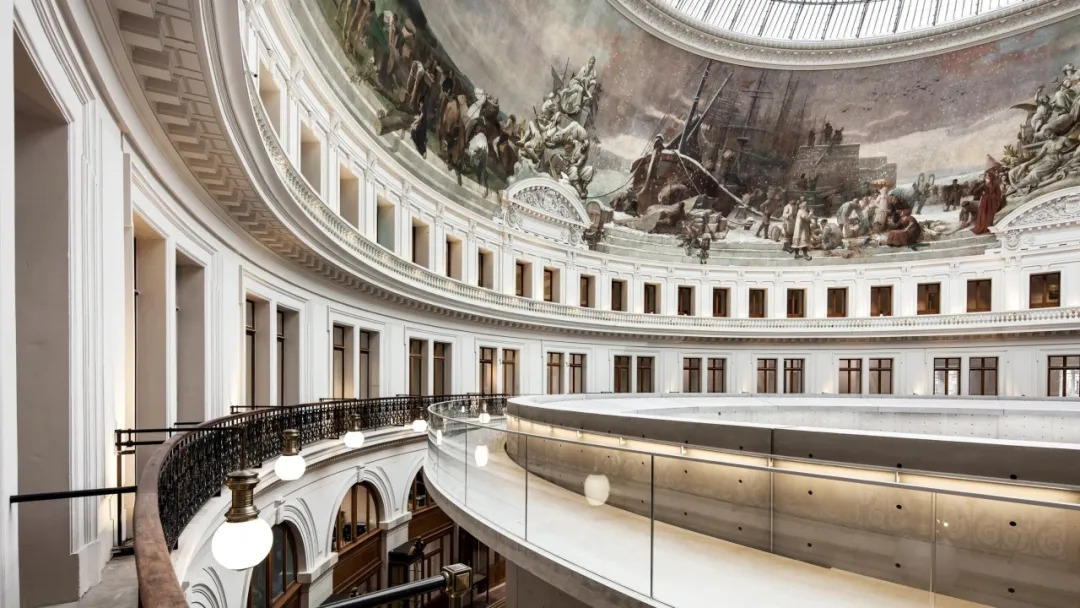
Bourse de Commerce building in Paris
Post-pandemic, the focus on “experientialism” is key for art lovers. It’s not just about seeing artworks in person, a big change from scrolling through PDFs. What really makes an impact is experiencing art firsthand. Paris shines in this regard, with great institutions, stunning architecture, and a rich cultural heritage offering an unmatched experience. Art pros and collectors often judge a city’s art scene by its “vitality”, which includes energy, innovation, and dynamism.
Even for those not buying, going to art fairs is about diving into the lively atmosphere. To get a sense of this vitality, you need to witness the excitement of auctions, enjoy high-quality exhibitions, and encounter artworks that grab your attention. But for those outside the art world, these events might seem like glamorous parties or flashy exhibitions.
Last autumn in London, vitality seemed to come from external sources, like the buzz around Frieze’s 20th anniversary and clever PR moves. Attention-grabbing exhibitions and big parties created a dynamic vibe, reflecting the allure of fame and fortune. In contrast, Parisian vitality feels more natural, rooted in the art itself and the emotions it evokes.
When it comes to playful banter, the British exhibit great wit, graciously accepting jokes about their perceived “blandness” in their stride, often with a self-deprecating smile. These jests about their supposed dullness are usually targeted at the refined inhabitants of West London —products of exclusive education and their trademark “Stiff Upper Lips”. But beneath this teasing lies a truth: Britain has a flair for eccentricity and daring.
The essence of “greatness” in Great Britain isn’t just about refined manners – it’s about diversity. London, long regarded as a breeding ground for creativity, boasts an array of prestigious art institutions and consistently nurtures exceptional talent within the creative industries, offering fresh perspectives and innovative ideas.
London leads in market dynamics, overshadowing Paris. Young and mid-career artists often find success in auctions and exhibitions in London and the US. However, their works sometimes feel formulaic. Whether it’s distorted portraits or abstracted female figures, the prevailing styles can feel repetitive, leaving many uninspired. Despite lacking institutional validation, commercially-driven artworks in emerging galleries still attract collectors.
In France, artists and scholars are highly respected. When famous figures like Johnny Hallyday and Pierre Soulages passed away, they were honoured with state-level tributes. It seems Gallic influential literary works often explore philosophical and humanistic themes. In contrast, highly regarded British literature, from Jane Austen to Evelyn Waugh and Oscar Wilde, shines in depicting various aspects of high society, particularly its class system.
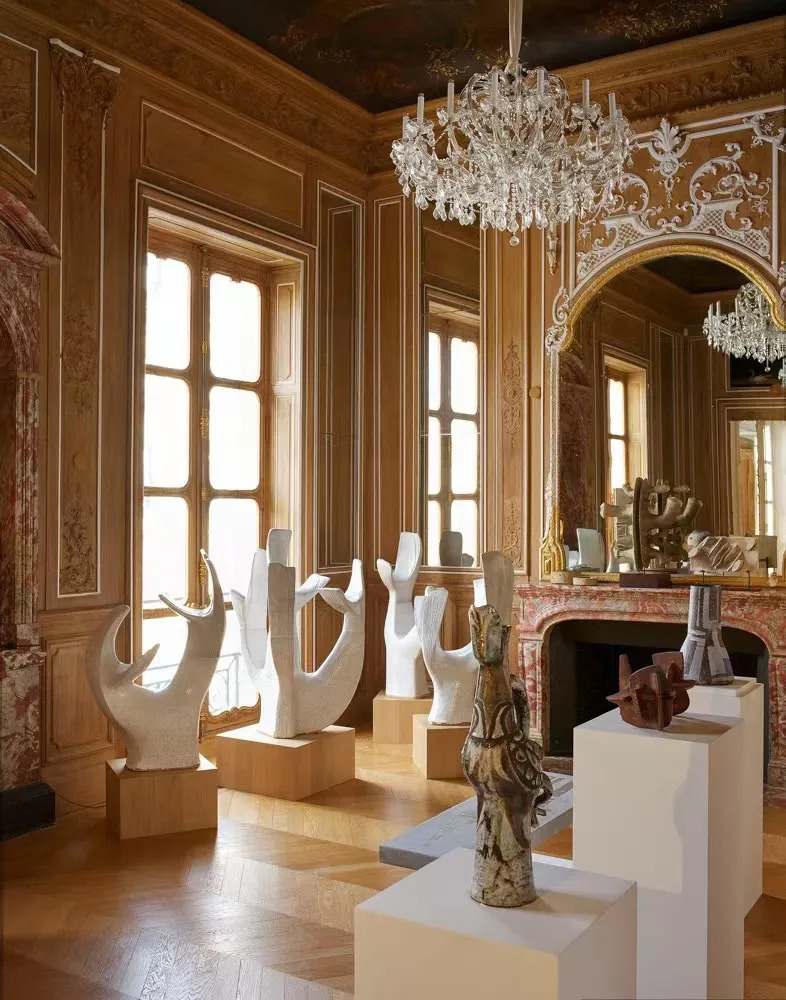
Design Miami-Paris, Thema
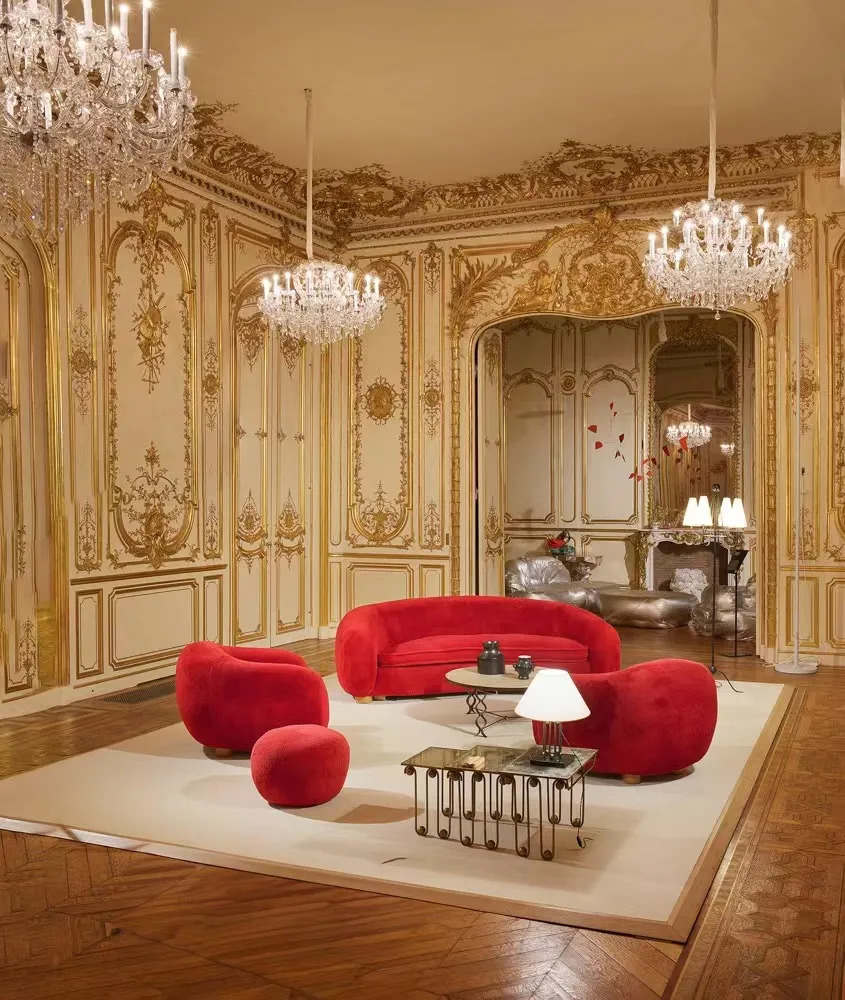
Design Miami/Paris exhibition site Photo Credit: James Harris
France shines in sophistication, with the government supporting cultural soft power. Collaborative projects with the Middle East and Asia are committed to global cultural exchange. Meanwhile, the UK’s investment in culture seems to have declined over time.
Historically drawn to power, Britain’s allure lies in its magnetism for billionaires, who flock to London’s glittering streets from every corner of the globe. Yet, as “old money” transitions into the hands of these new elites, a transformation occurs, with education and property-related services taking precedence.
In the streets of Paris, whispers of a “cultural renaissance” echo through the air, hinting at a revival rooted in societal shifts and historical context. While art may often dance in the shadow of capital, London’s pulse still quickens with creative energy. Yet, amidst this narrative, Parisian luxury brands stand as pillars of influence, breathing new life into the art world’s veins.
The relationship between art and capital evolves, a delicate balance waiting to be unravelled before our eyes. We eagerly anticipate the unfolding chapters of this timeless saga.
-the end-
Text: Luning
Copyediting: Rosie
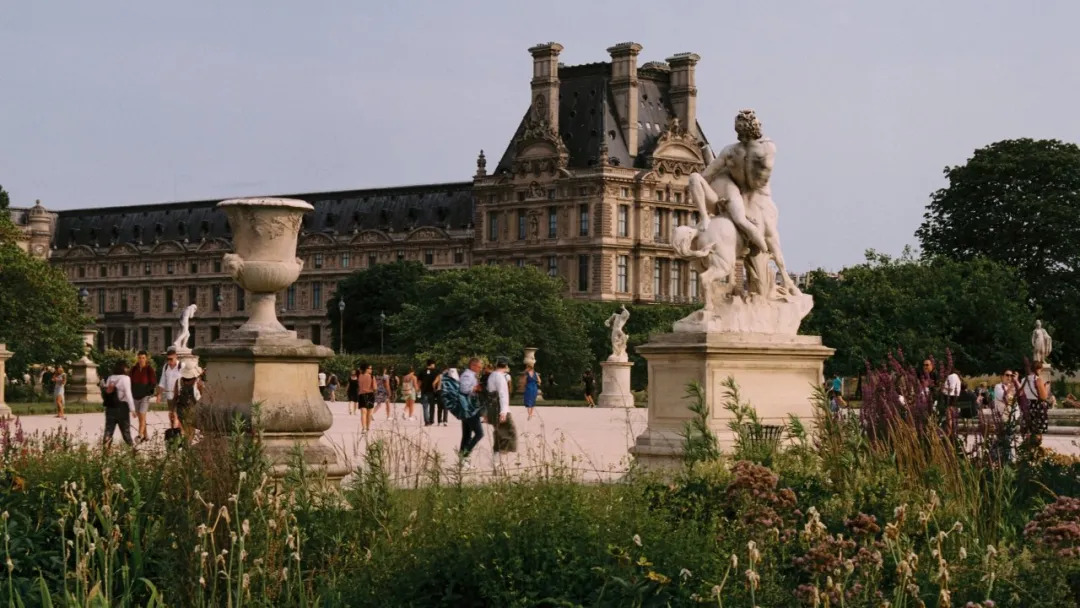
Paris


